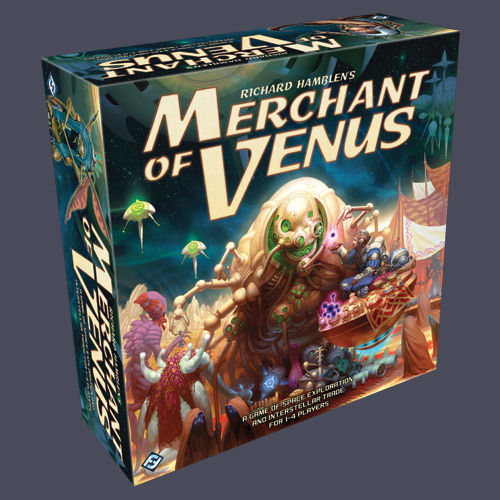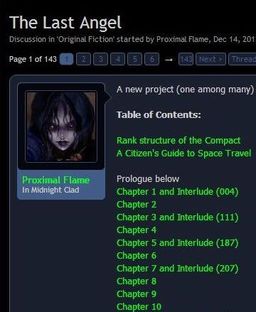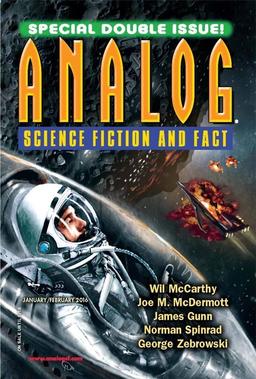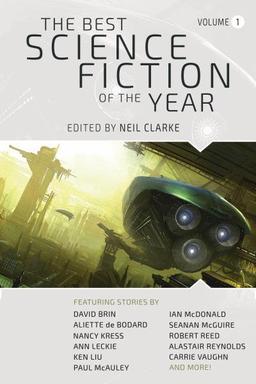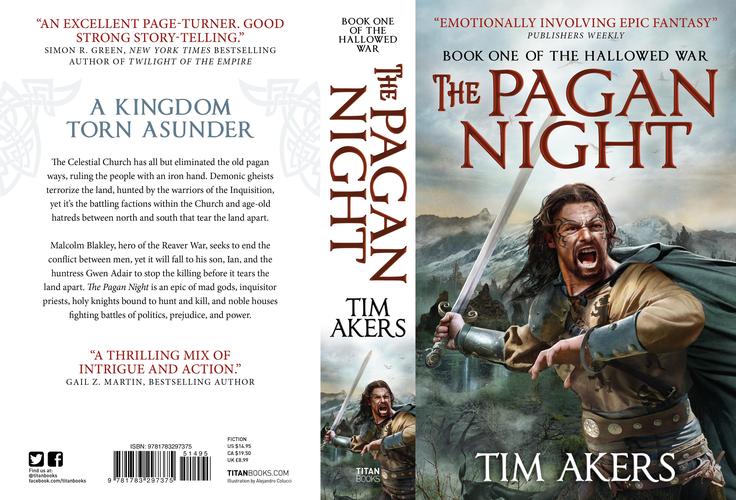Vintage Treasures: The Compleat Enchanter by L. Sprague de Camp and Fletcher Pratt
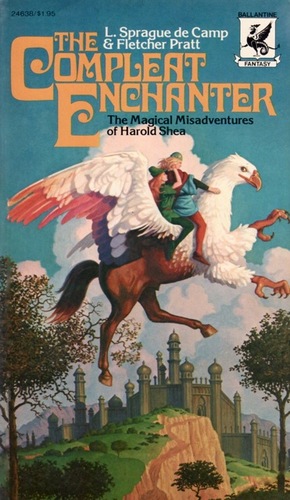 |
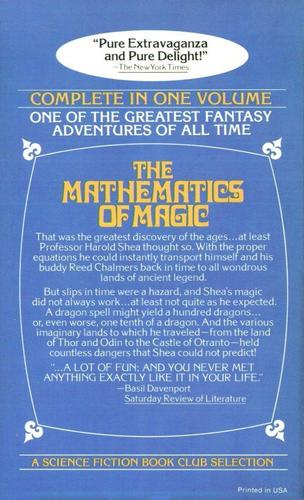 |
I’ve been on something of a Fletcher Pratt kick recently, ever since I purchased a fine collection of old paperbacks that included five of his books, including The Well of the Unicorn and Tales From Gavagan’s Bar (co-written with L. Sprague de Camp), both of which I recently wrote up as Vintage Treasures.
Way down in the bottom of that box was a copy of The Compleat Enchanter. I didn’t pay much attention to it at first. Everyone who collects classic American fantasy has two or three (or five or six) copies of The Compleat Enchanter. It’s something of a classic, in a worn sort of way. It doesn’t get much attention these days, because it’s a light, humorous tale, the very opposite of the kind of thing that usually interests me. And so, out of habit, I didn’t give it much attention.
That was a mistake. I’ve ignored The Compleat Enchanter for the better part of 40 years, but when I finally picked it up this week I was quickly captivated. Yes, it is a screwball fantasy, about a psychology professor named Harold Shea who stumbles on equations that transport him into parallel universes, and who uses this ability to visit magical worlds shaped by the mythologies and legend of Earth. But it’s also crammed full of crisp dialog and surprising twists, and the unique charm of De Camp and Pratt, two American masters who were obviously having a lot of fun with the their creation.
